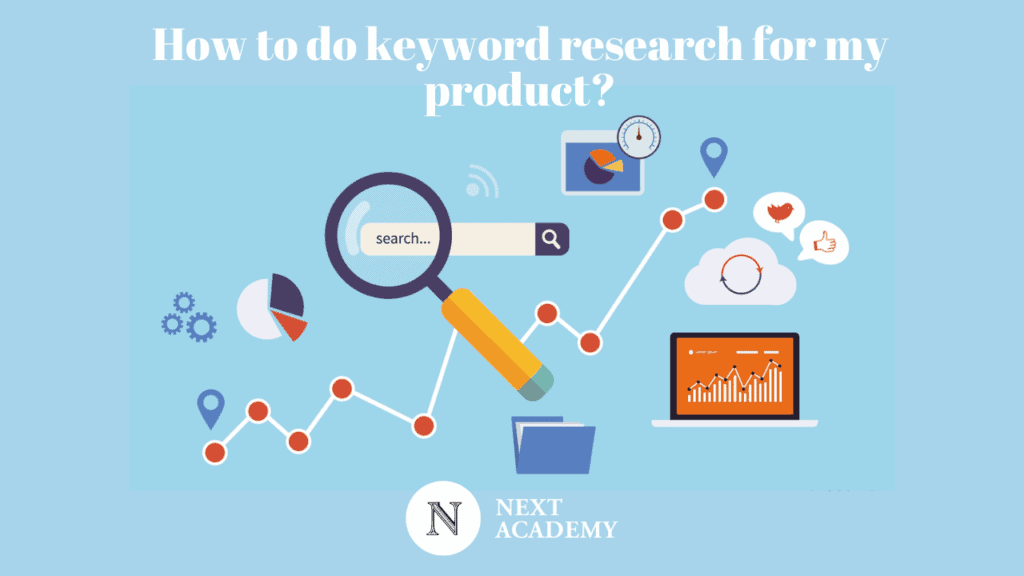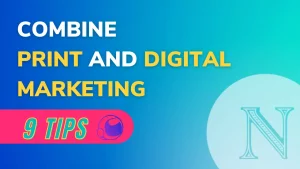Bob: How do you do your keyword research for a product or a website?
Robin: First and foremost, it’s really understanding your target audience.It starts there. So once you’ve identified your target audience, you wanna kinda develop topics. Various type of topics that you feel will be very valuable or insightful towards your target audience. So once you’ve developed these topics, can call ’em topic buckets. So, once you have these different topics, then what you do is you kinda just come up with some of your own keywords and you dump them inside these topic buckets. Once you’ve done that, then you do some keyword research. So there’s a lot of great tools that you could use or would suggest, I use SEMrush for this.And it will basically suggest to use some other keywords that you could use, organically speaking.
And the other thing, so, when you’re doing that keyword research, you also wanna take into consideration things like search volume. Whether or not there are other websites which are also ranking for those keywords already. ‘Cause you don’t wanna end up using keywords that are gonna be really, really tough to rank for. So, for that, you also have to do your competitive keyword research. So what keywords are your competitors using? And then finally, the last step is compiling your keywords into those topic clusters. So, that would basically kinda give you your foundation into setting up your content planning, as well. So that’s the in a nutshell.
Bob: So in a nutshell, so when it comes to keyword research, you look at a combination. So and when I do research, I see the top ranking sites are like hot spot. Or like, companies that do a lot SEO. Or a lot of SEO companies in there. So what is the search volume and then full of my competitors?
Robin: Yeah, but this is more of the smaller scale stuff. So things like competitive keywords, search volumes, keyword difficulty. I would say, though, above all, when it comes to the main thing to consider when doing keyword research, is always gonna be user intent. There’s really no point coming up with great keywords with like tens of thousands of searches every single month, but if those keywords do not link or do not connect to your audience, it basically defeats the purpose.
Bob: Basically, what I gather is to find a gold nugget, that keyword, right, is a long tail keyword that has a good search volume.
Robin: A healthy amount, I would say. Search volume is not a primary, I wouldn’t even say secondary, to be honest. It’s just something to kinda keep in mind. Let’s say there’s, you know, you’re try sell clothing. Let’s say if you’re doing B to C. So obviously, you would rather tap into keywords that have at least maybe a thousand or so a monthly search volumes, right? But it still boils down to user intent. That’s like the golden word for this, it really is. So user intent will always be your top priority when you’re doing your keyword research. And then from there, you kinda boil it down into your competitive keywords or LSI keywords or long tail phrases and so forth. And then you kinda match that with other numerical data like search volumes, keyword difficulty, and so forth.
Bob: All right, so to give a solid example to our audience, so, maybe they don’t understand a word you say. So, let’s take an example. If I want to buy a mobile phone, like a Samsung phone for example, so a good intent would be same mobile phone price?
Robin: No, I would probably say pros and cons of Samsung’s new phone. Or why you should not buy a Samsung. ‘Cause that actually be very surprise. That’s gonna generate more traffic to people who are interested in the phone, instead of for that very same user looking for why they should be buying that phone.
Bob: Okay, so, pros and cons and why you should not buy a Samsung phone.
Robin: Just, yeah, just kinda top of the mind examples.
Bob: Yep, so the context there is when someone searches for pros and cons of Samsung phone. Or what if, like, someone searches Samsung phone versus Huawei for example? So the psychology behind it is when I’m looking for reasons not to buy I’m actually very interested or I’m actually making a consideration towards it so that I’m in the consideration phase, so the intent is higher.
Robin: Actually, no. So let’s say if you’re tryin’ to get ranks for why you should not buy a Samsung, and then there’s a Samsung, at least a person who’s interested in buying a Samsung actually visits that content, you’re probably gonna state why they should not buy it, but the thing it’s always how you use your words. So let’s say it’s like, you should not buy it because this phone has killer specs. It’s got one of the world’s best cameras which you don’t really need, kinda thing. But so, you’re kinda saying something good about it. So drawing them into like, wait, they’re saying why I should not buy a Samsung, but then they’re saying all of these things which are good about it. You know what I mean? Which reminds me of this tourism campaign that was done by Thailand. Why they say 10 reasons why you should not visit Thailand. I don’t know if you’ve seen that video. Have you seen that video?
Bob: Nope, no, not seen it.
Robin: No, okay, but it’s a similar concept. What you’re tryin’ to do, first and foremost, is actually driving traffic. So once you have the traffic, once the people actually land on your page, it’s up to you to work your magic in terms of how you wanna use your keywords there.
Bob: So, another example is why do you not like Samsung phones? What’s another example?
Robin: Pros and cons.
Bob: So to tie that back to search it in, right, so like when I search for pros and cons, I’m looking for comparisons, right? I’m going for, so my intent is, generally, I’m going to buy, but I’m looking for reasons to buy.
Robin: Yes. Yeah, you have to first understand, so from your keywords, obviously, when somehow something like buying a phone, the typical user would go through maybe five, 10, 20 different sources until he actually makes that decision to purchase a phone. So to understand what information that he’s gathering along the way. Whether the specifications, whether they’re comparison pages. That there’s actually a very specific kinda flow that happens. If you understand that flow, and then you’re the person that’s selling the phone, then you wanna basically get the keywords right at the bottom of the funnel. So those kinda keywords would be possibly buy the Samsung and get a free casing plus a screen protector plus a ticket to a concert, I don’t know, anything really, you know what I mean? And just finding those keywords. So the best tool, actually, I would use for this, is that you put in some of your competitor websites, right? Yeah, and then you kinda draw out some of those keywords. Right, and then that would basically give you a headstart in understanding what kinda user-intent driven keywords you could possibly use.
-
Josh Tenghttps://www.nextacademy.com/author/josh/
-
Josh Tenghttps://www.nextacademy.com/author/josh/
-
Josh Tenghttps://www.nextacademy.com/author/josh/
-
Josh Tenghttps://www.nextacademy.com/author/josh/
 What We Have Done |
What We Have Done | 


